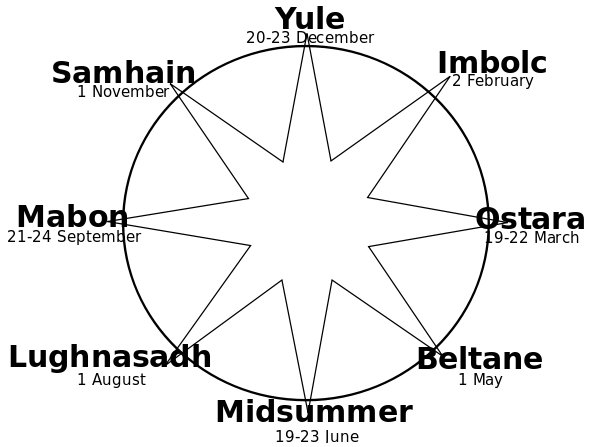The structures in the B and C texts seem to indicate a sequence of glyphs stretching for 413 right ascension nights:
Counting in the G text we will find glyph 413 late on side b of the tablet:
The Rogo type of glyph at heliacal Sirrah suggests the creator of the G text saw the present beginning not at the beginning of side a but 64 calendar days earlier, i.e. 64 precessional days later compared to the Golden Age of the Bull. Glyph number 413 should then be 5 days later, at the tamaiti glyph, i.e. 64 - 5 = 59 (= 2 * 29½) nights before the beginning of the text on side a:
Tama. 1. Shoot (of plant), tama miro, tree shoot; tama tôa, shoot of sugarcane. 2. Poles, sticks, rods of a frame. 3. Sun rays. 4. Group of people travelling in formation. 5. To listen attentively (with ear, tariga, as subject, e.g. he tama te tariga); e-tama rivariva tokorua tariga ki taaku kî, listen carefully to my words. Tamahahine, female. Tamahine (= tamahahine), female, when speaking of chickens: moa tamahine, hen. Tamâroa, male. Vanaga. 1. Child. P Pau.: tama riki, child. Mgv.: tama, son, daughter, applied at any age. Mq.: tama, son, child, young of animals. Ta.: tama, child. Tamaahine (tama 1 - ahine), daughter, female. Tamaiti, child P Mq.: temeiti, temeii, young person. Ta.: tamaiti, child. Tamaroa, boy, male. P Mgv.: tamaroa, boy, man, male. Mq.: tamaóa, boy. Ta.: tamaroa, id. 2. To align. Churchill. In the Polynesian this [tama na, father in the Efaté language] is distinguished from táma child by the accent tamā or by the addition of a final syllable which automatically secures the same incidence of the accent, tamái, tamana ... Churchill 2 ... Nut, whom the Greeks sometimes identified with Rhea, was goddess of the sky, but it was debatable if in historical times she was the object of a genuine cult. She was Geb's twin sister and, it was said, married him secretly and against the will of Ra. Angered, Ra had the couple brutally separated by Shu and afterwards decreed that Nut could not bear a child in any given month of any year. Thoth, Plutarch tells us, happily had pity on her. Playing draughts with the Moon, he won in the course of several games a seventy-second part of the Moon's light with which he composed five new days. As these five intercalated days did not belong to the official Egyptian calendar of three hundred and sixty days, Nut was thus able to give birth successively to five children: Osiris, Haroeris (Horus), Set, Isis and Nepthys ...
For me this is quite convincing:
Although a conceptual mystery now becomes evident:
Because although the distance from the Phoenix constellation (as represented by Ankaa at *5) to the Crux constellation (represented by Acrux at *187) - from birth to death so to say - equals 364 / 2 = 182 right ascention days, the view of Hevelius above shows the distance is about 8 sections out of 12. 8 / 12 * 365.25 = 243½ = 244 / 2 + 121 (→ Beltane): ... Considering the number of glyphs on side a of the B tablet, one of several ways to perceive 421 is to add 121 + 300. 121 = May 1, and 365 - 121 = 4 * 61 (= 121 + 123). ... Beltane is mentioned in some of the earliest Irish literature and it is associated with important events in Irish mythology. It marked the beginning of summer and was when cattle were driven out to the summer pastures. Rituals were performed to protect the cattle, crops and people, and to encourage growth. Special bonfires were kindled, and their flames, smoke and ashes were deemed to have protective powers. The people and their cattle would walk around the bonfire, or between two bonfires, and sometimes leap over flames or embers. All household fires would be doused and then re-lit from the Beltane bonfire. Doors, windows, byres and the cattle themselves would be decorated with yellow May flowers, perhaps because they evoked fire. In parts of Ireland, people would make a May Bush; a thorn bush decorated with flowers, ribbons and bright shells. Holy wells were also visited, while Beltane dew was thought to bring beauty and maintain youthfulness ... ... Since the early 20th century it has been commonly accepted that Old Irish Beltaine is derived from a Common Celtic *belo-te(p)niâ, meaning 'bright fire'. The element *belo- might be cognate with the English word bale (as in bale-fire) meaning 'white' or 'shining'; compare Old English bael, and Lithuanian/Latvian baltas/balts, found in the name of the Baltic; in Slavic languages byelo or beloye also means 'white', as in Беларусь (White Russia or Belarus) or Бе́лое мо́ре (White Sea). A more recent etymology by Xavier Delamarre would derive it from a Common Celtic *Beltinijā, cognate with the name of the Lithuanian goddess of death Giltinė, the root of both being Proto-Indo-European *gelH- ('suffering, death') ...
|
|||||||||||||||||||||||||||||||||||||||||||||||||||||||||||||||||||||||||||||||||||||||||||||||||||||||||||||||||||||||||||||||||||||||||||||||||||||||||||||||||||||||||||||||||||||||||||||||||||||||||||||||









.jpg)
